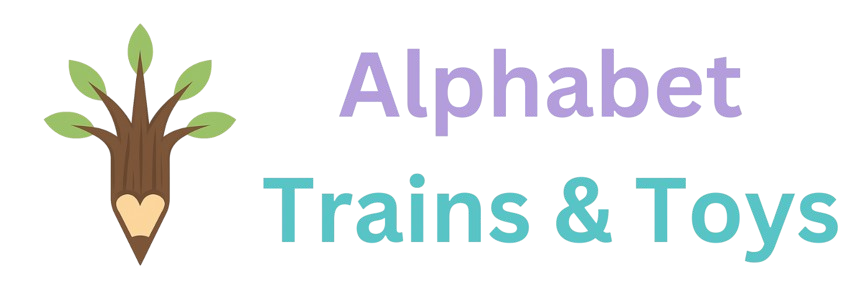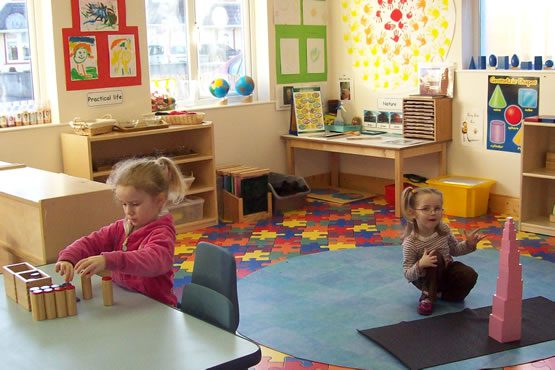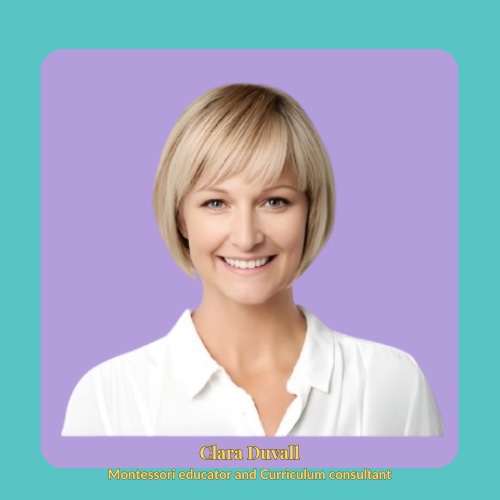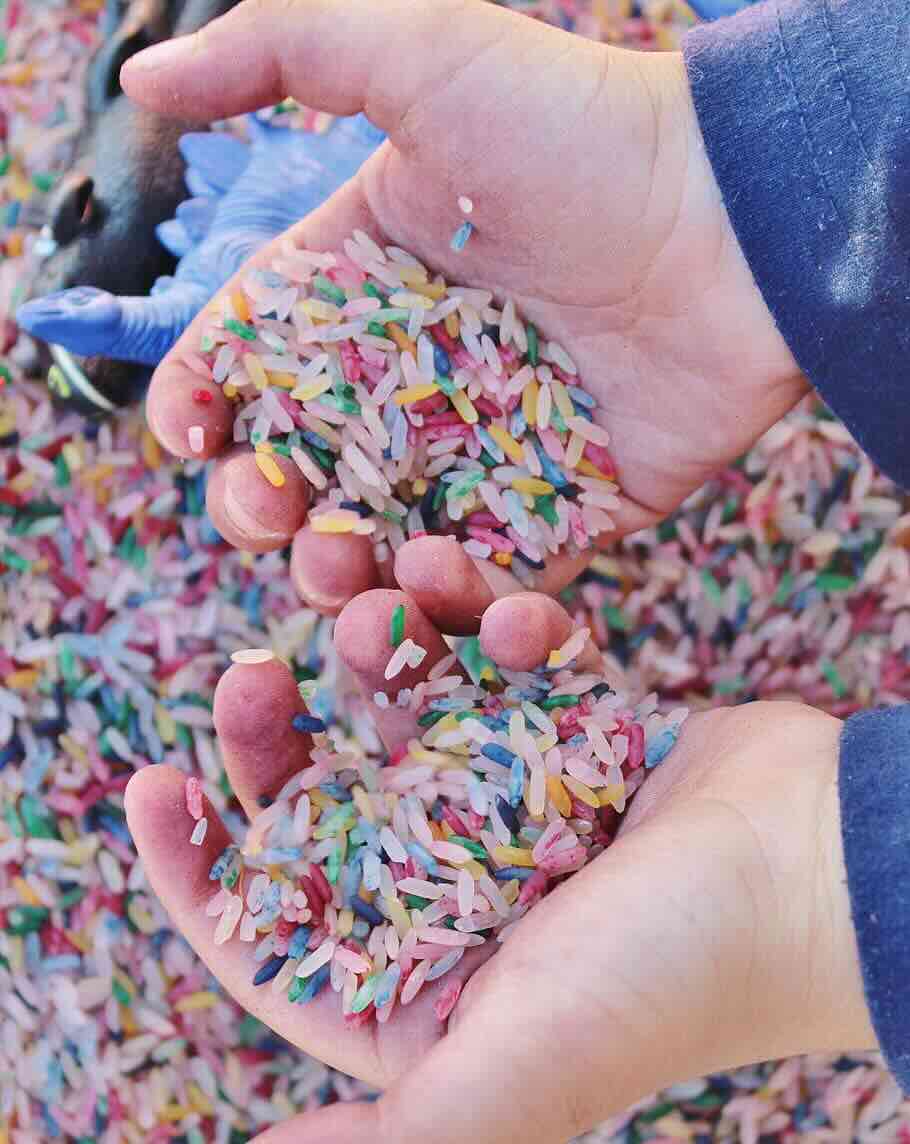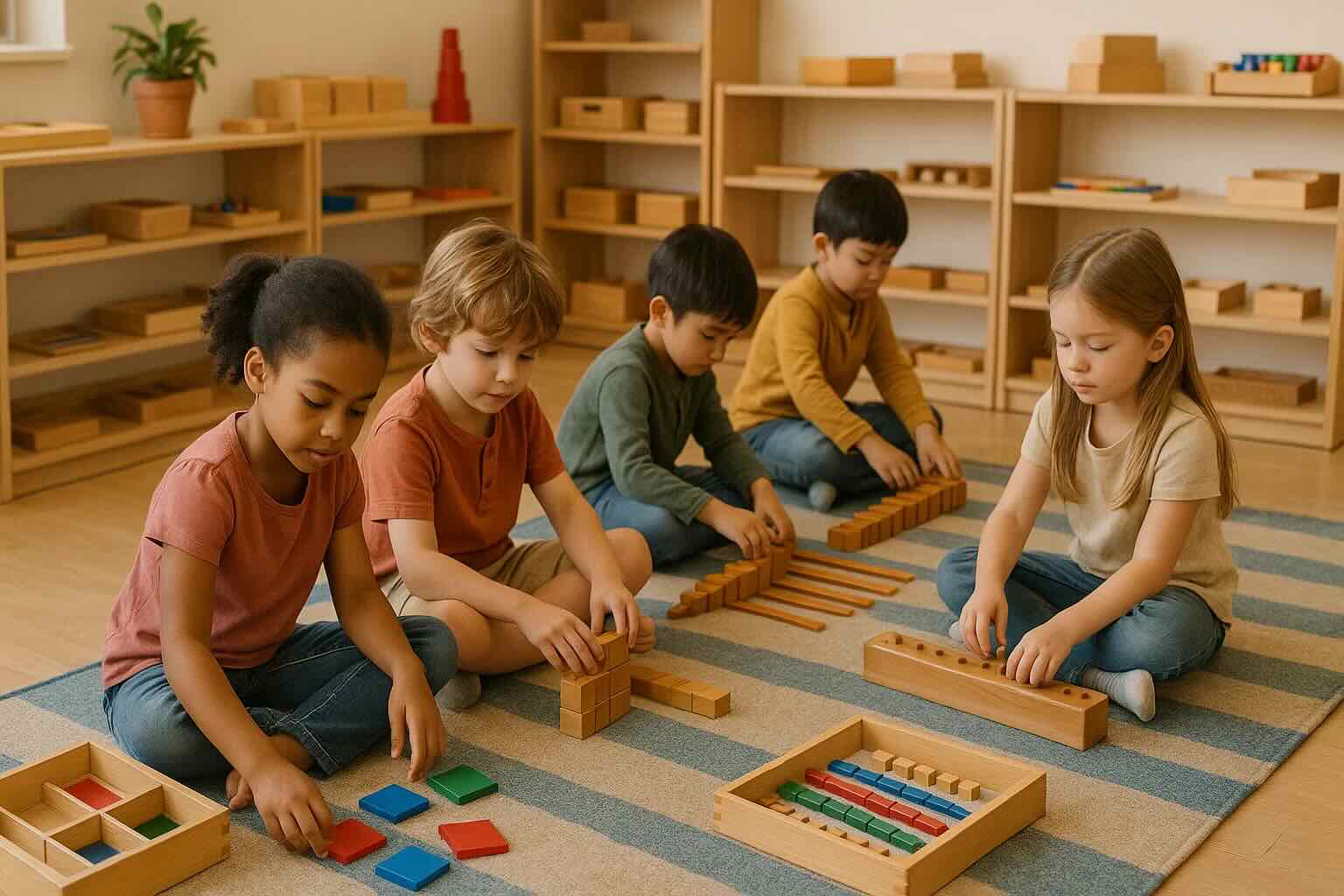Key Takeaways
- A Montessori rug is essential for creating an adaptable learning environment.
- These educational floor coverings help enhance motor skills and sensory development in children.
- Choosing the right classroom rug fosters creativity and independence.
- Quality brands like Alphabet Trains & Toys offer floor coverings that support Montessori principles.
- Incorporating educational rugs can significantly impact your child's educational experience.
Historical Context and Philosophical Foundations of Montessori Style

Using classroom rugs in Montessori education traces back to Maria Montessori's early 20th-century educational reforms. Montessori, an Italian physician and educator, revolutionized early childhood education by introducing a child-centered approach. Her method emphasized the importance of creating a prepared environment: a space meticulously organized to meet the developmental needs of children and encourage autonomous learning. Rugs in Montessori classrooms are a direct manifestation of this principle, offering a tangible demarcation of personal learning spaces that respect the child's need for order and structure.
Material and Design Considerations
Selecting the appropriate classroom rug involves more than just aesthetics. Montessori educators consider several factors to ensure that rugs align with the method's educational goals. The rug's texture, color, and material are chosen to reduce distractions and improve the learning process. Montessori educators prefer classroom rugs with neutral colors and simple designs to avoid drawing attention away from the learning materials. Furthermore, the durability and ease of cleaning are important considerations, given the active, hands-on nature of Montessori learning activities.
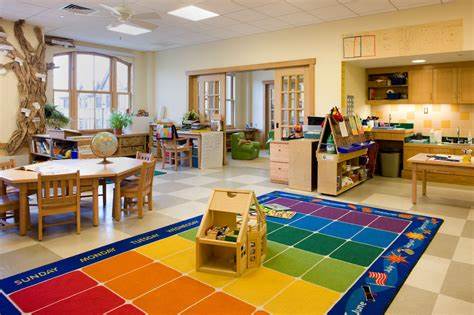
Cognitive and Social Development

Classroom rugs in Montessori settings are pivotal in facilitating cognitive and social development. These rugs help define the child's workspace, promoting concentration and focus on the task at hand. By managing their work area—unrolling the rug to start an activity and rolling it back up upon completion—children develop a sense of responsibility and order. This process not only aids in the development of fine motor skills but also instills a routine that fosters self-discipline and respect for the communal learning environment.
Global Perspectives on Montessori Rugs
Using classroom rugs in Montessori education has gained popularity worldwide, with schools across different cultures adapting this practice to suit their unique contexts. In some countries, educators incorporate local designs and materials into classroom rugs, reflecting the region's cultural heritage while maintaining the Montessori ethos. This global adoption underscores the versatility and universal appeal of Montessori principles, demonstrating how a simple rug can be a powerful tool in a universal educational framework.
Environmental and Ethical Considerations
Environmental and ethical factors have influenced the selection of classroom rugs in Montessori settings in recent years. Educators are increasingly opting for rugs made from sustainable, non-toxic materials to ensure the safety of children and minimize environmental impact.

This shift aligns with the Montessori philosophy's emphasis on respect for the environment and encourages children to develop an early awareness of sustainability.
Impact on Inclusive Education
Montessori rugs also play a significant role in inclusive education. They offer an environment that is both structured and adaptable, meeting the needs of children with diverse learning styles, including special educational needs. Montessori rugs align with visual and kinesthetic learning preferences, providing tactile experiences and visual boundaries that support different ways of processing information. By offering a personal workspace that children can manage independently, these rugs help promote inclusivity and accessibility in the Montessori classroom.
Technological Integration
As educational technology evolves, so does the role of traditional elements like classroom rugs in Montessori education. Some educators are finding innovative ways to integrate technology with these traditional tools, using smart rugs equipped with sensors or interactive elements to enhance learning. While this represents a departure from the classic Montessori materials, it reflects the method's adaptability and potential for incorporating modern educational tools while retaining its core principles.
The Future of Classroom Rugs in Montessori Education
Looking ahead, the role of classroom rugs in Montessori education is likely to continue evolving, reflecting changes in educational theory, technology, and societal needs. As Montessori education adapts to the challenges of the 21st century, the classroom rug will remain a symbol of the method's enduring commitment to creating a child-centered learning environment that respects and nurtures the individual needs of each student.
In sum, classroom rugs in Montessori education are far more than decorative or functional items; they are vital educational tools that embody the Montessori method's principles. From historical roots to future prospects, these rugs facilitate a structured yet flexible learning environment, support cognitive and social development, and reflect global and cultural diversity in education. As Montessori education continues to evolve and influence educational practices around the world, the classroom rug stands as a testament to the power of simple, well-considered elements in shaping effective and nurturing learning environments.
With this comprehensive exploration, we gain a deeper understanding of how educators meticulously choose, thoughtfully integrate, and universally adapt classroom rugs in Montessori settings to support and enhance the educational journey of children worldwide.

Understanding Montessori Principles
Montessori principles are key to changing education. They focus on child-centered education. Each child's unique needs are important. Developed in the early 20th century, these methods help grow independence and love for learning through hands-on experiences.
Montessori classrooms are well-organized. They have special spaces marked by rugs that help kids focus better. Research from the Montessori Foundation shows that children in Montessori environments develop remarkable levels of deep concentration, often working on activities for extended periods without interruption. This setup is particularly beneficial for all kids, including those with special needs.
The rugs' colors and designs are picked to keep distractions low. Neutral colors and simple patterns help create optimal learning conditions. These rug features match the Montessori way of teaching. They show the value of focusing on the child and learning by doing.
Montessori educators increasingly prioritize environmental safety, with many schools opting for sustainable, non-toxic materials for classroom rugs. This reflects their commitment to safety and caring for the environment. Rugs with local designs also connect kids to their culture. This aligns well with Montessori values.
Using Montessori principles makes learning spaces better for your child. It lets them learn and discover at their own speed. This approach not only works well but also fills learning with joy.

What Makes a Montessori Rug Unique?
Educational rugs designed for Montessori environments offer something special for kids as they learn. They come in sizes perfect for activities yet easy to handle. Made from natural fibers, they link kids with nature. This helps them grow in a healthy way.
These floor coverings go beyond looking good as decor for classrooms or playrooms. They outline spaces for different activities. Colors like blue or green show areas for reading or life skills. This setup keeps things orderly and makes understanding space easier for kids.
These rugs also enhance sensory learning. They invite kids to explore and be creative. This kind of learning is key in Montessori schools. Research shows that Montessori activities are designed to promote purposeful engagement, where children become completely involved in activities for their own sake, leading to increased focus and energy.
📍 What Makes Montessori Classroom Rugs Unique?
• Defined personal workspaces that foster independence
• Neutral tones to reduce distraction and support concentration
• Portable size for unrolling and rerolling by the child
• Reinforced edges for durability through repeated use
• Often made from natural or low-emission materials
In Montessori classrooms, having your own space boosts independence and pride. These work mats teach kids to be responsible by keeping their things in one spot. Only having one material on their designated area at a time teaches them organization.
So, educational rugs add a lot to learning. They bring safety, comfort, and fun to the classroom. Using these specialized floor coverings helps make a place where kids love to learn and grow on their own.
Benefits of Using Educational Rugs in the Classroom
Educational floor coverings in your child's classroom have many important benefits. They make the learning space better. One big plus is enhanced motor skills. Kids can crawl, roll, and play on these soft and safe surfaces. This helps them grow physically.
These specialized rugs also make clear work areas for kids. They learn how to be organized and focused. Having their own designated space helps them become independent and keeps learning structured.
These floor coverings offer sensory benefits with their textures, colors, and designs. Kids get to touch and see different things. This encourages them to explore and learn more, helping their brains grow.
Learning to roll and unroll these work mats teaches kids important fine motor skills. These early activities help with many Montessori tasks later on. Kids become more independent and confident in managing their work areas.
Using educational rugs helps create a happy and engaging classroom. They support your child's development and exploration on their learning journey. These floor coverings are key tools for growth and creativity.
Choosing the Right Size for Your Educational Rug
Finding the perfect floor covering size is crucial for a good learning space. It lets kids work without feeling squeezed. Try to give at least 24 inches of space for each child. This makes sure they can all join in the fun without problems.
It's important to measure your space first. The educational rug should fit all children during group time, with enough space for their materials. A well-fitting floor covering boosts comfort and helps kids interact better.
Work mats with clear spaces or borders work best for organizing activities. They make it easier for kids to find their way around. With the right educational rug, you can keep the classroom tidy, cut down on distractions, and encourage good behavior.
Educational Rug Materials That Matter
Choosing an educational floor covering for a child's classroom involves understanding the materials. The right materials can make the rug durable, easy to maintain, and safe. Different fabrics also create a defined educational space that's cozy and stylish.
Types of Fabrics Used
Commonly used materials for educational rugs include:
- Cotton Rugs: Known for being soft, breathable, and easy to clean. They're great for nurseries and classrooms.
- Nylon: A robust fabric that's ideal for areas with a lot of activity. It's also resistant to stains.
- Eco-Friendly Fibers: Sustainable options that protect children and the planet, perfect for eco-friendly families.
- Polypropylene: An affordable option that resists moisture and mildew. It's easy to clean with water.
- Wool: A natural, hypoallergenic choice that's renewable and biodegradable. It's a bit pricey but very durable.
- Acrylic: Looks like wool without the high cost. It resists fading and mildew.
- Blended Materials: These rugs combine different fabrics to use the best qualities of each. They meet various classroom needs.
Durability and Maintenance
Durability is key for a Montessori classroom floor covering. Maintenance is also crucial for your investment.
- Stain-Resistant Technology: Opt for rugs with advanced technologies in stain resistance. It makes cleaning easier.
- Washable Rugs: Many Montessori rugs can be machine washed. This makes upkeep simpler for teachers and parents.
- Regular Maintenance Tips: Keeping a cleaning schedule helps rugs last longer. It keeps learning spaces looking good.
Color and Design Choices for Educational Rugs
The selection of color and design in educational floor coverings impacts children's learning and development. Choosing suitable colors for classroom rugs can improve sensory play. This enhances your child's classroom experience. Different factors guide these color choices, showing their influence on educational spaces.
When it comes to selecting a rug Montessori environments, color and design play a crucial role in enhancing the sensory experiences of children. The right hues can stimulate curiosity, promote calmness, and even assist in the development of cognitive skills. For instance, soft, warm colors like pastels are often associated with tranquility, creating a peaceful atmosphere ideal for focused learning. In contrast, brighter colors can evoke energy and excitement, encouraging active engagement during playtime or group activities. Thus, the color choices for Montessori rugs are not just about aesthetic appeal; they directly contribute to the overall educational experience.
Different factors guide these color choices, such as the age group of the children and the specific activities that take place in the space. For younger children, vibrant, bold colors may be beneficial for stimulating their developing senses, as they are naturally drawn to bright visuals. Meanwhile, as children grow older, a more muted color palette may foster concentration and support a calmer learning environment. Moreover, the rug's design often incorporates shapes, patterns, or themes that complement educational goals, allowing children to explore concepts through play and interaction.
Another important consideration is the practicality of the rug's material and durability, especially in active settings. Many Montessori classrooms feature rugs that can withstand heavy use, and being able to easily clean them is a plus. Additionally, rugs that are designed for rolling up can make transitions smoother, whether it's moving from one activity to another or clearing space for group lessons. This versatility means that a well-chosen Montessori rug can serve multiple purposes while reinforcing the principles of independence and self-directed learning.
For parents and educators alike, a thoughtful selection of Montessori rugs can serve as an excellent gift for any learning environment. Whether it's for a birthday, holiday, or just to enhance their classroom or play area, choosing the right rug not only provides a functional space but also fosters creativity and exploration. The inclusion of color and design in these choices not only beautifies the space but also significantly enhances the overall educational experience for children.
How Color Affects Learning and Play
Colors are vital in creating a good learning environment. Here are important points:
- Stimulate Mood: Bright colors can bring out playfulness and creativity. On the other hand, cool colors help with calmness and concentration.
- Enhance Focus: Using neutral backgrounds with bright patterns can keep children engaged. It helps them concentrate on their activities.
- Support Educational Themes: Educational rugs often feature numbers and letters. This design choice decorates the room and helps with learning through play.
Color choices for educational rugs do more than decorate. They play a big part in children's emotional and cognitive growth. Picking the right colors helps classrooms stick to Montessori principles. It encourages exploration and avoids distractions.
Integrating Educational Rugs with Other Classroom Materials
Creating a great learning space means mixing educational floor coverings with classroom items smartly. This mix makes learning rich. It helps students grow in different ways. Consider these things:
- Arrangement: Place work mats close to learning areas. It makes moving from one activity to another smooth. It also encourages kids to explore more.
- Complementary Products: Use educational rugs with different toys and learning tools. This helps kids understand better. They learn through touch and seeing.
Pairing classroom floor coverings with educational materials creates an exciting space. It boosts your child's interest in learning. Everything in the Montessori setup is simple yet well organized. Using these specialized rugs helps keep things in order and welcoming.
Tips for Maintaining Your Educational Rug
Keeping educational floor coverings in top shape is essential. Follow these cleaning tips for effective rug care:
- Regular Vacuuming: A classroom can gather a lot of dust and dirt, especially with 20 to 25 kids around. Vacuuming often not only cleans but also stops damage from dirt build-up.
- Spot Cleaning: Quick action on spills with a damp cloth and safe cleaner prevents stains. The Carpet and Rug Institute has a Spot Solver for different stains.
- Implementing No Shoes Policy: A "no shoes on the carpet" rule cuts down on germs and dirt. Imagine over 40 shoes bringing in outside dirt!
- Monitor for Damage: Keep an eye out for small damages like tears or frays. Catching them early keeps the rug in good shape.
- Use Anti-Slip Pads: Anti-slip pads under your educational rug improve safety and reduce sliding and wear.
- Professional Cleaning: For "dry clean only" floor coverings, getting professional help ensures they're cleaned right without damage.
- Encourage Student Involvement: Having kids help with daily cleanup teaches responsibility and teamwork.
- Utilize Defined Work Mats: Individual mats mean less mess on the main educational rug and help children manage their personal space.
Follow these tips to keep your educational rugs looking and functioning great in your educational space.
Choosing an educational rug is a big step in making your child's learning space better. These floor coverings aren't just for looks. They help kids grow by boosting skills like coordination and independence. When you pick the right one, you're setting up your kid for success.
Choosing top-notch educational rugs from reliable brands makes a learning space warm and inviting. It sparks creativity and the love of learning. With so many Montessori schools worldwide, the push for unique learning experiences is clear. A quality educational floor covering is more than decor—it's key to your child's growth.
Step into the world of Montessori with confidence: "Play smart, grow smarter!" You're doing more than buying a rug. You're building a base for your child's lifelong education and development. For comprehensive guidance on selecting educational rugs that support all aspects of learning, see our full classroom carpet guide for detailed buying help.
FAQ
What are the main benefits of using a Montessori rug in my child's learning space?
Montessori rugs enhance motor skills and create defined work areas. They also promote sensory engagement. This makes them a great addition to any educational environment.
How do I choose the right size Montessori rug for my classroom?
Think about how many kids will use the rug and your available space. Make sure the rug has sections for different activities. A well-chosen rug lets many children use it comfortably.
What materials are commonly used in Montessori rugs?
Most Montessori rugs are made of soft, durable fabrics like cotton and nylon. They also use eco-friendly fibers. These materials ensure the rug is safe, lasts long, and is comfy.
Why is color and design important for a Montessori rug?
The colors and designs of a Montessori rug can affect mood and focus. They also support educational themes. This helps create a better learning atmosphere for your child.
How can I maintain the cleanliness and longevity of my Montessori rug?
Regularly vacuum and promptly clean spills to maintain your rug. Rotate the rug to avoid fading. Many rugs are washable, which makes them easier to keep clean.
Can Montessori rugs enhance sensory development for my child?
Yes! The textures, colors, and designs of Montessori rugs offer sensory stimulation. This helps with cognitive development and encourages kids to explore their surroundings.
How do Montessori rugs integrate with other educational materials?
Placing rugs near learning stations and alongside Montessori toys and materials can create a complete learning environment. It helps with smooth transitions between activities.
Discover the Perfect Classroom Rug!
Find out how to choose the ideal rug that transforms your classroom into a vibrant, cozy, and effective learning environment in our latest blog article.
Read Our Blog on Classroom Rugs
